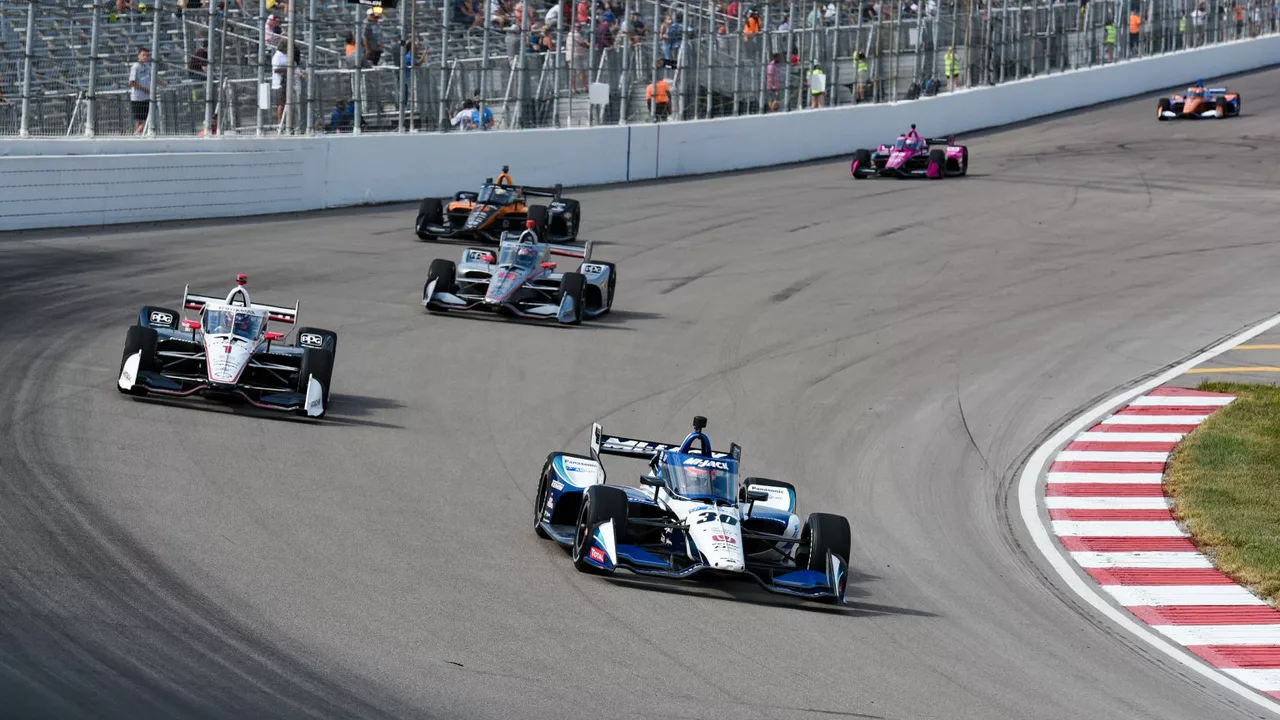Understanding the Basics of Pitstops
In the world of motorsports, the pitstop is a crucial aspect of every race. It is the moment when the car takes a brief pause from the high-speed action to get refueled, have its tires changed, and undergo any necessary mechanical adjustments. The pitstop is so essential that its efficiency can often determine the outcome of an entire race. However, not all pitstops are created equal. In fact, there is a noticeable difference in speed between Indycar and Formula 1 pitstops. But why is this the case? To understand this, we first need to comprehend the basic mechanics of a pitstop in both racing series.
Breaking Down an F1 Pitstop
Let's start by discussing the pitstops in Formula 1 races. In F1, a pitstop is a well-choreographed ballet of efficiency. A team of 20 crew members swarms around the car, each with a specific task. The process is incredibly swift, with tire changes usually taking less than three seconds. This is largely due to the design of the F1 car, which is optimized for quick and easy tire removal and replacement. Moreover, refueling isn't allowed in F1 races, which significantly cuts down the pitstop time.
Analyzing an Indycar Pitstop
Now, let's take a look at pitstops in Indycar races. Unlike F1, an Indycar pitstop involves fewer crew members, usually six. This smaller team is responsible for changing the tires, refueling the car, and making any necessary adjustments. The design of the Indycar also contributes to longer pitstops, as the equipment used is not as specialized for speed as in F1. Furthermore, the refueling process, which is mandatory in Indycar races, significantly adds to the pitstop time. As a result, an Indycar pitstop typically takes around seven to ten seconds.
Key Differences Between F1 and Indycar Pitstops
Having broken down the pitstop process in both racing series, we can now analyze the key differences that result in slower Indycar pitstops. First, the number of crew members involved in the pitstop plays a major role. With fewer people working on the car, the process naturally takes longer. Second, the design of the cars and the equipment used also has a significant impact. The highly specialized F1 car design allows for extremely fast tire changes, while the less specialized Indycar design results in slower tire changes. Finally, the refueling process, which isn't present in F1, adds a considerable amount of time to Indycar pitstops.
Why Pitstop Times Matter
Now that we've understood why Indycar pitstops are slower than F1 pitstops, it's important to highlight why pitstop times matter so much. The pitstop is a crucial strategic element in any race. It's not just about getting the car back on the track as quickly as possible; it's also about timing. Choosing the right moment to pit can make a significant difference in a race's outcome. A well-timed and efficient pitstop can help a driver gain crucial positions, while a poorly executed or untimely one can cost a driver the race. Therefore, even though Indycar pitstops are slower, they're just as important and strategic as F1 pitstops.
